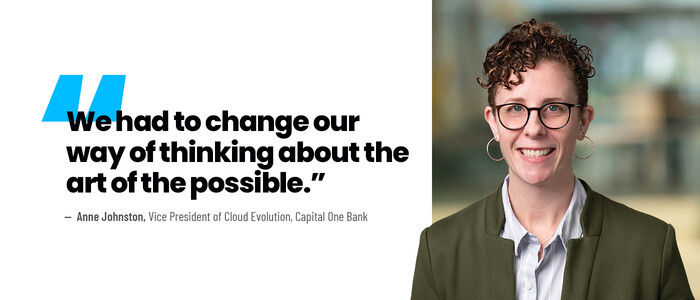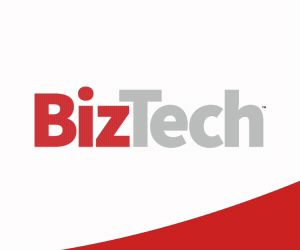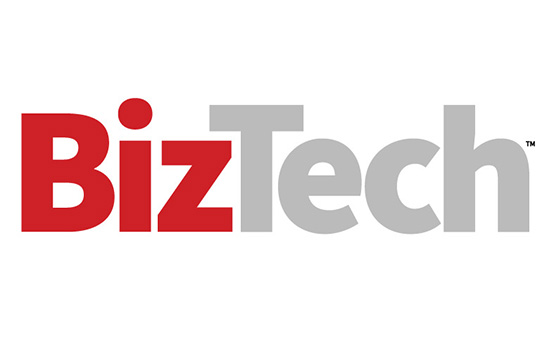BIZTECH: Tell me about Capital One’s cloud journey and how things have evolved over the past few years.
JOHNSTON: Our journey to the cloud started in 2014. That’s when we made our first steps out of data centers and we said, “OK, we’re going to experiment with this thing called AWS.” And over the course of a few years, we have transitioned fully to the cloud. We did that focusing on speed to exit out of data centers; there was quite a bit of lift and shift versus refactoring.
We fully exited our domestic data centers in 2020. We went all in on the cloud because what our customers were expecting from us were personalized experiences. To deliver those personalized experiences, we had an incredible amount of data, but we just couldn’t physically continue to store it in data centers.
Now our customers can have those experiences. When you log on to our app, it really feels tailored to you.
BIZTECH: How did your technical team adapt to the change?
JOHNSTON: There was also a workforce transformation happening in parallel with our tech transformation. The skills that you need in the cloud are similar to what we had for the data center, but not exactly the same.
We transformed our way of working, and that was also the beginning of our agile transformation. Our teams needed to operate in a way that was not an annual release cycle, we needed to learn how to deploy continuously in order to really take advantage of the cloud.
Today, what we can say is that we are fully taking advantage of what the cloud has to offer us. We can scale, we can handle peak loads that we just couldn’t fathom doing in a data center, and our workforce can handle that and help us innovate for the future on things like generative AI and what’s ahead.
RELATED: Experts share their recommendations to improve a modern data center.
BIZTECH: And you’re still mostly on AWS?
JOHNSTON: About 90%-95%, yes. And the reason why we went all in with a single provider was because if you think about the various capabilities that each cloud platform provides, they’re very similar in nature, but they’re also different. The way you have to build your applications is different. Our point of view is that we are going to remove arbitrary uniqueness.
We decided to focus on a single provider and to take advantage of serverless and be serverless-first. If we were multicloud or even polycloud, we probably wouldn’t have been able to take advantage of the native tools and truly invest our energy into making those work for us. So, how can we take advantage of whatever is native and use that to its fullest extent?
















